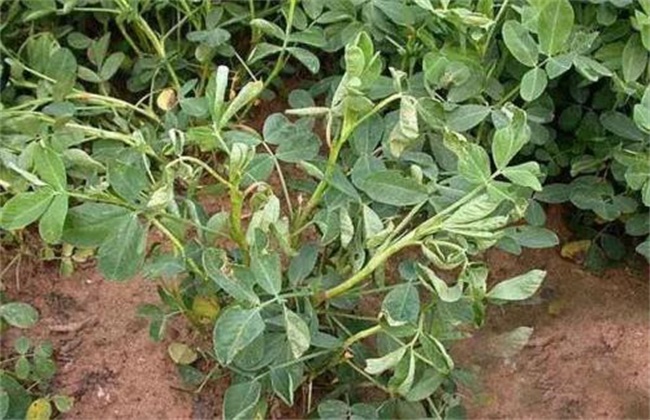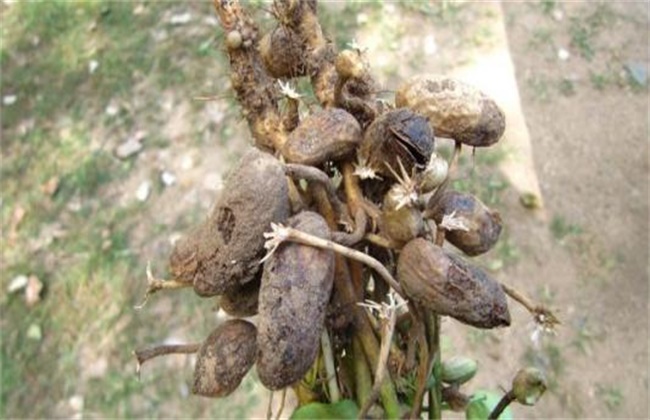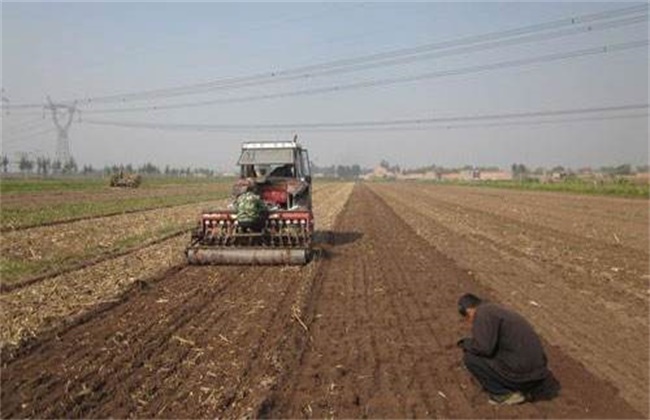Causes and Control measures of premature senescence of Peanut
With the extension of the planting years of peanuts, the problem of premature senescence of peanuts is becoming more and more serious. Premature senescence will lead to early withering and shedding of peanuts, causing stem and leaf death, pods not full, early fruit drop, seriously affecting quality and yield, and bringing huge economic losses to farmers. So what are the causes of premature senescence of peanuts? How to prevent and cure it? Let's take a look.

1. Species degeneration
Peanuts are conventional seeds and do not need to be replaced year after year, and the price of peanut seeds is relatively high, so farmers mostly keep their own seeds instead of buying them. Many farmers tend to grow only one variety, and one for many years, resulting in a single variety, too long age will lead to species degradation, which is bound to cause premature senescence and death of peanuts.
Control measures: to select disease-resistant high-yield, stable yield, small and medium-sized fruit varieties to pay attention to successive years of seed selection, drying seeds, to prohibit the use of moldy seeds, conditional chemical coating can be carried out.
2. Imbalance of nutrition proportion
The malnourishment in soil, especially the lack of timely and effective supplement of trace elements such as calcium and boron, will reduce the stress resistance of peanuts, and peanut fertilization should be scientific. Many farmers often only know compound fertilizer and urea when fertilizing. I do not know to supplement molybdenum fertilizer, calcium fertilizer, boron fertilizer and other trace elements needed for peanut growth, which will lead to peanut premature senescence in the later stage.
Control measures: scientific formula fertilization should be selected, and base fertilizer should be combined with extra-root topdressing. In addition to conventional fertilization, attention should be paid to spraying molybdenum fertilizer on the leaf at the seedling stage, boron fertilizer at the flowering stage, calcium fertilizer at the fruit expansion stage, and spraying high-quality potassium dihydrogen phosphate and urea aqueous solution at the later stage, which can effectively prevent premature senescence and defoliation of peanut.
3. Drug damage
Long-term chemical weeding with Acetochlor in peanut production caused drug damage in peanut seedling stage, resulting in poor root growth and development, and root system senescence in the later stage.
Prevention and control measures: it is necessary to strictly control the dosage of Acetochlor, master the correct application method, do not blindly increase the dosage during drought, but increase the amount of water to improve the weeding effect and avoid the occurrence of drug damage.
4. Improper use of hormones
In production, paclobutrazol is used to control peanut growth, but paclobutrazol can not only control stem and leaf growth, but also control underground root and pod growth, which will cause premature senescence and death of peanut in the later stage.
Prevention and control measures: peanut pod expansion should be controlled by uniconazole and zhuangsu, which have less influence on peanut pod expansion, and should be flexibly controlled according to plant growth and weather conditions when using hormone.
The above is the introduction of the causes and control measures of premature senility of peanuts. I hope I can help you. If you want to know more about it, please follow us.
Related
- The first cup of black tea in spring, the flavor and history of tea gardens in Kenya, Africa
- The computer can not only choose potatoes, but also grow tea rice. AI will grow winter oolong tea champion.
- It is not only the inflated tea bitten by insects, but also engraved with the four seasons tea in Beipu.
- The Oriental Beauty Tea Festival in Zhuxian County takes the stage at the weekend to experience the plus-size feast of oil tea.
- & quot; Oriental Beauty Tea & Exploration of Emei in Hsinchu, the hometown of quot;
- The new variety of strawberry "Tainong 1" dessert is the first choice with mellow aroma. Crimson gorgeous
- History of Tea in Taiwan: from Wild Inner Mountain to Export Tea Garden
- Two types of Taiwan Oriental Beauty Black Tea won the British three-Star Award for Childhood Tea Xiang Zhang Jiaqi changed from pilot to champion tea maker.
- Banana species and varieties: the planting history of Taiwan Xianren banana and dwarf banana is long, is banana disease resistant?
- Coffee planting Technology: Qianjie Coffee from Seedling to harvesting



